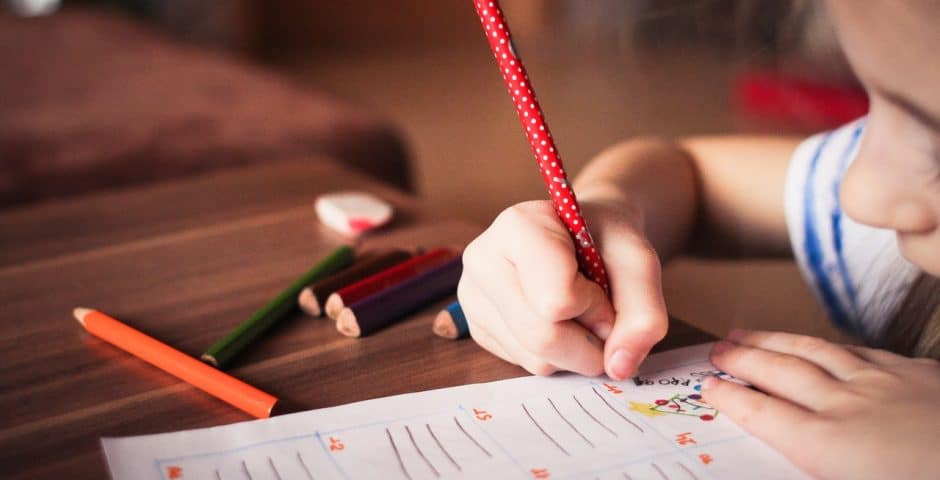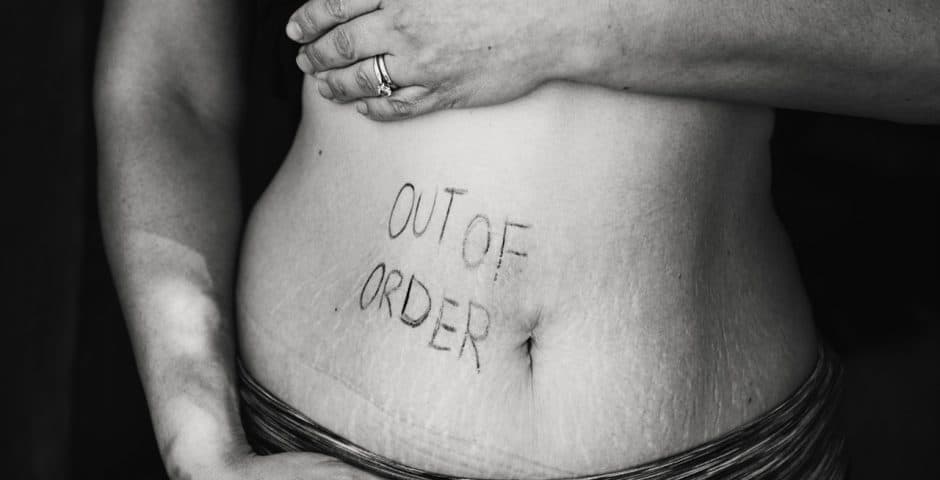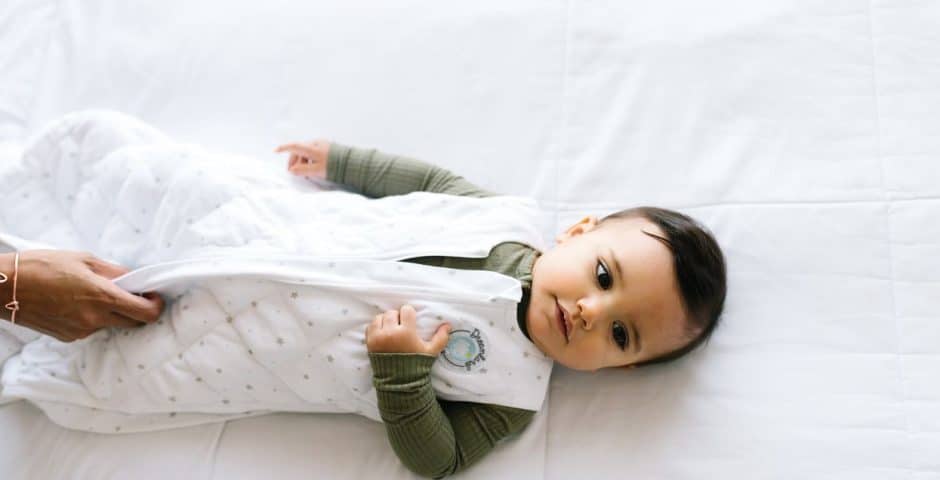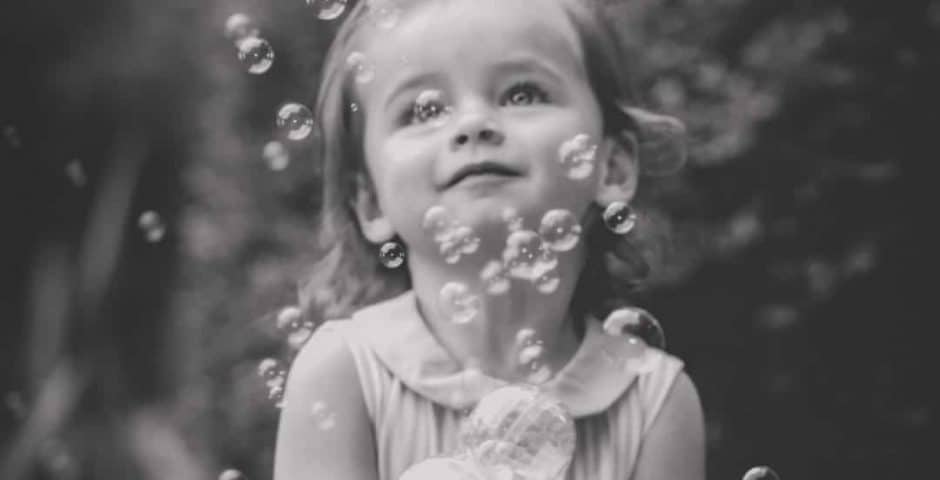
5 Things Every Parent Should Know About Their Child’s Learning
Never underestimate a great start.
As parents we all want our children to be able to grow well, to learn, make friends, and be happy.
A baby’s brain is 400gm at birth and by the age of 2 the brain is at 80% of its adult size. In the first few years of life, children learn to move, balance, speak, read emotions, and perform other complicated tasks. Not all children learn equally, and if the gross motor skills are not learnt at an early age, then the fine motor skills required for school based learning will be negatively affected.
-
MOVEMENT IS THE BASIS FOR LEARNING
The development of a new skill required for learning, is a reflection of the child’s capability to control, and coordinate gross movements. Movement and learning both come from the similar area of the brain. Movement and learning are linked, so if a child demonstrates difficulties in learning they will often demonstrate poor gross motor skills and balance skills compared to their peers.
We often assess children who are having difficulty reading and writing and find that they not only have trouble holding a pen, and tracking with their eyes, but they also tend to have trouble with skipping, marching, balancing and other gross motor skills. The basis for many learning delays that we see in our office, often have a deep, gross movement component.
All learning comes from movement. If we think about it, even reading requires the eyes to follow words and cross the midline as we are moving across the page. Skipping, writing and even language skills require the left and right sides of the brain to fire evenly and send messages across the midline.
In one study (1) of 339 children between the ages 5-6, 48% in mainstream schools had immature physical skills. In the same study of 400 children between the ages of 8-9, 35% of them had physical immaturity.
“Children with immature physical development, performed less well on measures of educational achievement at baseline level at the end of the academic year.”
-
IS YOUR CHILD CLUMSY? LACKING IN COORDINATION?
Spinal movement is vital for brain health.
“90% of the stimulation and nutrition to the brain is generated by movement of the spine.” says Roger Sperry Nobel prize winner in brain research.
It is known that even in utero, the movement of the foetus encourages further development of that foetus.
Our children need to move to be healthy and continue to stimulate their brain. This is where chiropractic spinal care comes in. Our children will have plenty of opportunities to fall along the way. Whether they are learning to stand up, walk or ride a bike, falls are inevitable. Sometimes these falls can cause stiffness in the spine and effect how the spine is functioning and how well the brain is receiving messages from the body. Gentle chiropractic care to improve spinal function is important for a child’s development.
Here are 4 gross motor skills that we like to see children perform before they go off to school (age of 5-6).
- Skipping and marching. Making sure legs and arms are alternating.
- Ball catching (even if you start with a larger, softer ball such as beachball) is excellent for hand-eye coordination and spatial awareness.
- Heel to toe walking. Find a long line, such as a floor board or the edge of a runner in the hallway. Encourage your child by showing them what to do first.
- While lying down on their tummy, ask your child to gently lift head and arms over head. If your child can do that then add lifting their legs off the floor slightly. Make it a game and see how long they can hold that position for. Aim for 60 seconds.
-
IS YOUR CHILD HAVING ISSUES WITH SPEECH, READING OR WRITING?
Research on how certain exercises improve learning in children:
A research study conducted, showed that specific brain exercises for children with learning difficulties helped to improve their motor skills, language, and speech and working memory. After several years the two groups were assessed. The group given the brain coordination exercises showed significant changes in writing, reading, comprehension, speech, language and dexterity. (2)
-
DID YOUR CHILD CRAWL? DID YOUR CHILD CRAWL BEFORE THEY WALKED?
It is important for brain development that a baby crawls before they walk. When the development of a baby is progressing well, we expect to see a baby crawl around 6-8 months. Crawling will start with the baby rocking backwards and forwards, commando crawling and then crawling backwards for a little while.
Even crawling in a four point stance, on hands and knees, with opposite leg and arm moving at once to propel the baby forward is an important normal crawling pattern to encourage. If a baby doesn’t crawl or crawls unevenly then this may have a negative influence on how the left and right sides of the brain are firing and wiring. The normal crawling movement, encourages the cross crawl reflex which is important to cement into the baby’s neurology as this is a basis for many movements crossing the midline: such as reading, skipping, and marching. Crawling is very important to help develop physical strength and to fire both sides of the brain, vital for coordinating all future movements.
Here are a few reasons why babies do not crawl properly:
-held too often
-not enough tummy time to strengthen upper body and arms
-shoulder issues
-stiff neck
-slippery floor
-neurological or developmental delays
-
IS YOUR CHILD RIGHT OR LEFT BRAIN DOMINANT?
Further helping your child ’s learning:
Have you noticed your child will learn better with certain teachers? Could this have to do with the way they are processing information? Understanding if your child is more left or right brain dominant can help direct more appropriate learning, to make the reading, writing, mathematics, and all learning more fun and impactful.
Understanding the difference between the two brain hemispheres, assists you to best direct activities that prime, and balance specific areas of the brain.
Children that are more LEFT DOMINANT may show some of these traits:
- Analytical and detail oriented
- Logical and factual
- Love maths
- Good language skills
- Good comprehension
- Learn best with words and numbers
- Learn well in a school style environment
So to encourage the use of the RIGHT side of the brain the following activities will help your child:
- Drawing
- Crafts
- Creative play
- Music
- Socializing
Children that are more RIGHT DOMINANT may show some of these traits:
- Artistic and creative
- Calm and more in tune with their emotions and those of others
- Musical
- Arty
- Can be impulsive
- Learns best in unstructured environment
- Prefers learning with pictures and objects rather than words or numbers
So to encourage the use of the LEFT side of the brain the following activities will help your child:
- General exercise
- Word puzzles
- Chess or checkers
- Reading
- Maths games such as sudoku
Quiz
Here is a quick quiz you can do to find out if your child is more right or left brain orientated in their learning and personality.
If you answer YES to the most of the questions below, then your child is Right brain dominant.
- Does your have trouble learning facts or memorising?
- Is your child spontaneous?
- Does your child have difficulty with mathematics?
- Is your child sensitive to attitudes and emotions of those around?
- Is your child a daydreamer?
- Does your child have photographic memory?
- Do they enjoy free play
- Do they like to talk while learning?
- Does your child like practical activities?
- Do they prefer noise or music in the background?
- Does your child learn better by demonstration than explanation?
- Does your child lose track of time easily
- Does your child enjoy art, drawing, colouring
- Does your child struggle to keep roomstidy and organised?
- Is your child musical?
On our practice’s blog section, we have a category completely dedicated to help parents with their little ones’ growth and development.
(1)From Childcare in Practice Vol 11:4 2005; 415-432
(2)Reynolds,D. And Nicolson,R.I., et al. Evaluation of an exercise based treatment for children with reading difficulties. Dyslexia,(2003) Feb. (2008) May.








